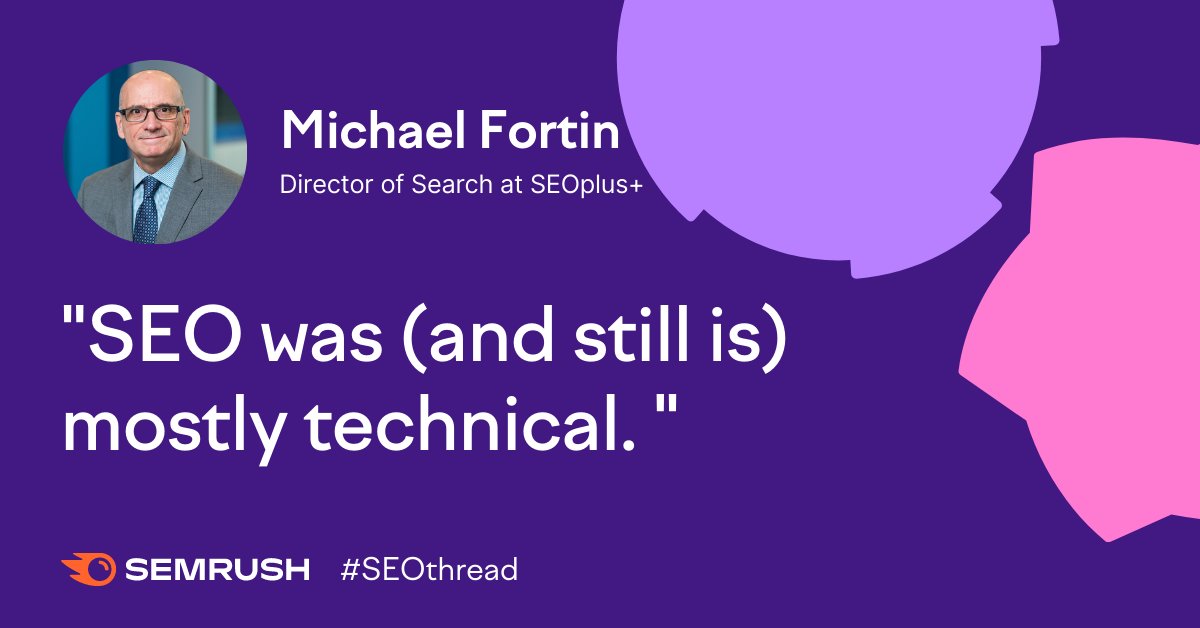
Hi folks. I’m Jonas Sickler(@JonasSickler), an SEO manager at @Terakeet. As SEOs, we always need to do more with less, so this thread is all about using the power of topic clusters to rank faster, expand your audience, and boost conversions.
#SEOthread
#SEOthread

Topic clusters are groups of related content that collectively cover a broad subject area, helping position your brand as an authority. They include one widely-focused pillar page, multiple in-depth cluster pages, and strategically-placed internal links.
@JonasSickler #SEOthread
@JonasSickler #SEOthread
They also showcase the breadth and depth of your content to help search engines rank the right pages for the right queries.
@JonasSickler #SEOthread
@JonasSickler #SEOthread

Topic clusters are great for users because they demonstrate topical authority and build trust. They also reduce friction during the user journey by enabling marketers to anticipate users’ needs and provide the right content at precisely the right moment. @JonasSickler #SEOthread
Using topic clusters, companies can expand brand awareness, improve conversions, foster brand loyalty, amplify SEO efficiency, and keep users within your brand’s own ecosystem of content.
@JonasSickler #SEOthread
@JonasSickler #SEOthread
Topic clusters help you rank more efficiently for keywords by reinforcing the semantic relationship between topics, clarifying context, and funneling backlink value throughout interlinked pages. @JonasSickler #SEOthread
Google is evolving its algorithm to better understand the relationship between topics, subtopics, and passages, as well as how people typically explore certain subjects in Google Search. Topic clusters perfectly align with these goals.
@JonasSickler #SEOthread
@JonasSickler #SEOthread
Topic clusters bring efficiency to your content strategy because they help you map out and schedule content for every subtopic within a broad theme while preventing duplicate content that can cannibalize rankings. @JonasSickler #SEOthread
When grouping keywords into blog posts and clusters, first, uncover the keyword universe around a topic. Then, search each term in Google to discover the intent. Think about what users want to achieve, and all the ways they phrase their search queries.
@JonasSickler #SEOthread
@JonasSickler #SEOthread
Be careful using automated keyword clustering software. It can save you time, but it’s never perfect. Most software group terms by matching keywords or URLs, so understand how it functions as well as its limitations before you use it at scale.
@JonasSickler #SEOthread
@JonasSickler #SEOthread
Avoid writing one massive guide that covers a topic from A-Z (what, why, how, best). Instead, create separate posts based on intent: [LEARN - what, why, examples, types], [DO - how, method, step, tips, process, strategy], [COMPARE - best, top, review]. @JonasSickler #SEOthread
When building internal links to cluster pages, don’t force a link above the fold if there’s a more relevant and useful place to add it further down. Link out from the most relevant subheadings to corresponding pages. @JonasSickler #SEOthread
Pull anchor text for internal links from a list of keywords you want a page to rank for. Use the most natural phrases, and try to use anchor text that also conveys the search intent of the target URL, such as how, what, example, type, etc.
@JonasSickler #SEOthread
@JonasSickler #SEOthread
Exact match anchor text isn't keyword stuffing, especially if it makes sense in the context of your writing. Google recommends using short, descriptive keywords in your anchor text.
@JonasSickler #SEOthread
@JonasSickler #SEOthread

Avoid siloing content by only linking out within a cluster. Topics don’t exist in a vacuum. Everything is interconnected. Linking out to tangentially-related pages helps Google understand the relationships between different clusters and pages.
@JonasSickler #SEOthread
@JonasSickler #SEOthread
When you use topic clusters properly, your content strategy and SEO strategy will be more efficient. You’ll drive bigger results with less effort, fill gaps in the user journey, and dominate the competition.
@JonasSickler #SEOthread
@JonasSickler #SEOthread
Who’s crushing it with topic clusters? Byrdie captured the largest organic search market share in the beauty industry by investing in high-quality content built on a topic cluster framework. Here’s a case study:bit.ly/31UPlQL @JonasSickler #SEOthread
• • •
Missing some Tweet in this thread? You can try to
force a refresh















